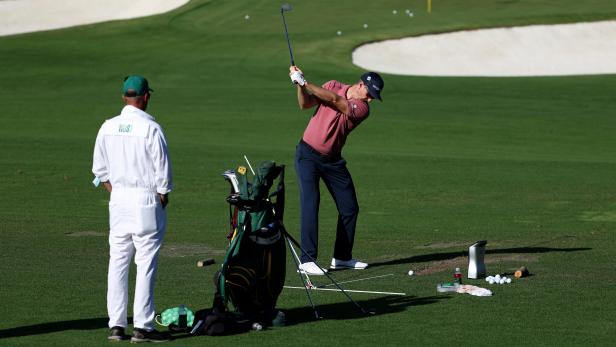Technology in professional golf has often been misunderstood as players constantly making swing adjustments based on data from launch monitors like Trackman or Foresight Sports. However, players like Justin Rose use this information as reference and validation of what they are feeling and seeing in their swings. Coaches, on the other hand, focus more on club path, swing direction, angle of attack, and swing plane to analyze a player’s delivery of the club. Each player has an acceptable range in different categories, and it may vary depending on the shots they are trying to hit.
Early in a tournament week, coaches like to examine variables like club path, but these numbers do not exist in isolation. Changing one delivery variable can affect others, and values like club path may remain the same even if the technique is different. Coaches need to understand cause and effect, prioritize the next steps, and effectively communicate with the player to make productive changes. Launch monitors serve as a diagnostic tool early on but transition into a performance tool when everything is on point, helping players practice specific shots and distances to prepare for actual course situations.
One particular challenge for players is mastering courses like Augusta National, where precision is key due to undulating greens and small targets. While distance is important, factors like trajectory and shape play a significant role in hitting the right shots. By setting specific parameters for each shot, players are encouraged to focus on external factors and be more creative rather than technical. The goal is to practice in a way that simulates decision-making, shot execution, and overall performance required on the course, with the technology providing feedback to enhance the player’s feel and improve their game.
Overall, the use of technology in professional golf is about enhancing performance and providing valuable insights to players and coaches. It is not about over-relying on data-driven adjustments but rather using it as a tool to validate and improve what players are already doing. By combining technical analysis with on-course simulation, players can better prepare for competitive situations and fine-tune their skills to excel in challenging conditions. In the end, it is a balance between technology and player intuition that leads to success on the PGA Tour.


